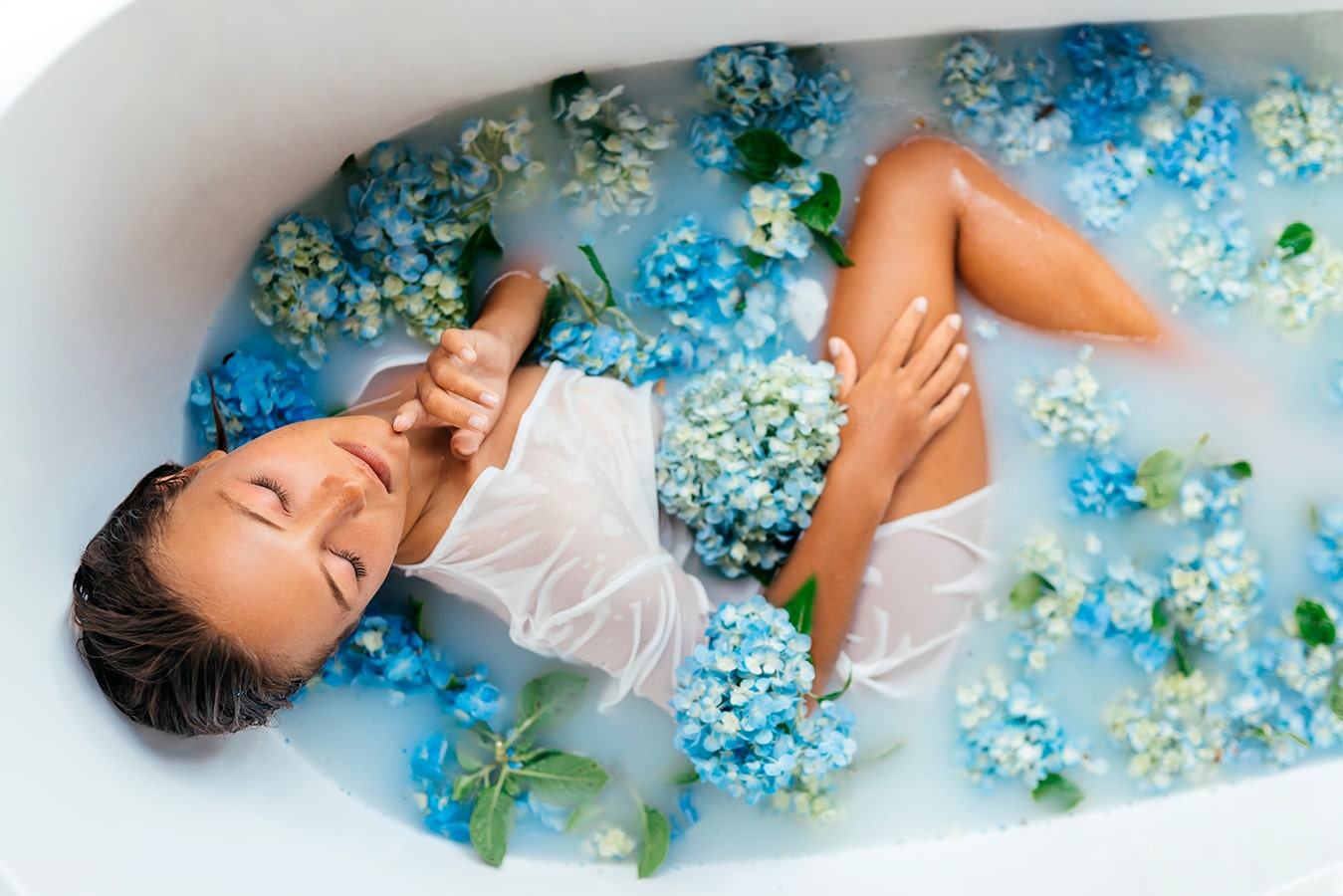One of the latest trend in the beauty and cosmetics world is the word “Clean Beauty”. Some may think that is the same as “Green Beauty” but actually, it is different. So, what is clean beauty? Will it be a trend that will definitely change the beauty sector?
Clean beauty is a trend that is becoming increasingly prominent in the beauty industry, especially in countries like Japan. “Clean” is a very broad term, especially in the beauty sector, with many people mistaking it for natural and green beauty. The bottom line is that consumers want to reduce their environmental impact, which is why this term is getting more attention than ever. Whether you are thinking of joining the clean beauty movement or simply want to stay abreast of the main trends, this is what you need to know about clean beauty.
What is Clean Beauty about?
For a product to fall into the category of clean beauty, it needs to fall into two important categories.
1. Contains nontoxic ingredients
Clean beauty products do not present any major health risk, as they contain only safe and non-toxic ingredients. How an ingredient is considered safe? When the ingredients of beauty products are tested, they are usually given a toxicity rating between 1 and 10, with 1 being the least toxic. For a product to be considered clean, the ingredients cannot be rated higher than 3.
2. Product labels list all ingredients
Clean beauty brands are transparent about all the ingredients of their products and clearly define them on their labels. Of course, there is still a long way to go in terms of transparency, as it is easy to hide other ingredients under a generic term, such as fragrance. Clean beauty products not only describe all of their ingredients, but they also don’t mislead the consumer by using buzzwords or making claims that they cannot fulfill.
[See also: Beauty in Diversity: Understanding Consumer Cosmetics Trend in Indonesia]
It must also be said that clean beauty does not mean that its ingredients are completely natural. The products may still contain artificial ingredients, they simply cannot be toxic. For example, most beauty products need preservatives to last.
The main objective of developing clean beauty products is to eliminate as many toxins as possible during the manufacturing process. It is also the responsibility of clean beauty brands to educate consumers – something that fits the requirement for transparency.
Clean Beauty vs. Green and Organic
Clean beauty may seem similar to green and organic beauty, but there are some differences. Just because a product does not contain entirely organic ingredients does not mean that it can be labeled as clean. Clean beauty products can certainly be organic, but they don’t have to be. There are several artificial ingredients that are also safe.
Then there is the green beauty, which is usually associated with terms like vegan, ecological and free from acts of cruelty (for example, animal exploitation). The irony is that a green beauty product can fall into all of these categories, but that does not mean that all ingredients are safe. Then again, a clean beauty product doesn’t have to be green to be clean.
[See also:
Halal Cosmetics: More than Just a Beauty Trend]
Consumers and Clean Beauty
Research shows that consumers are definitely changing the way they evaluate brands and choose their cosmetic and beauty products. There is definitely a movement towards products that are cleaner and more environmentally friendly, but there is also a lot of mixed information circulating in terms of safe and toxic ingredients.
[See also:
Greening the Economy: Ecolabelling across ASEAN]
In many circles, parabens and sodium lauryl sulfate (SLS) have a bad reputation, but there are many professionals who don’t really care about these types of ingredients, because it all depends on who is using the product and what the instructions for use are.
The ingredients are a personal choice and consumers seem to have conflicting opinions about the clean, green and organic brands you must support. As the difference between green, clean and organic is still very obscure, at least in the eyes of the consumer, the space of clean beauty is really full of opportunities, because there are very few brands and products that really meet the requirements of ‘cleaning’.

